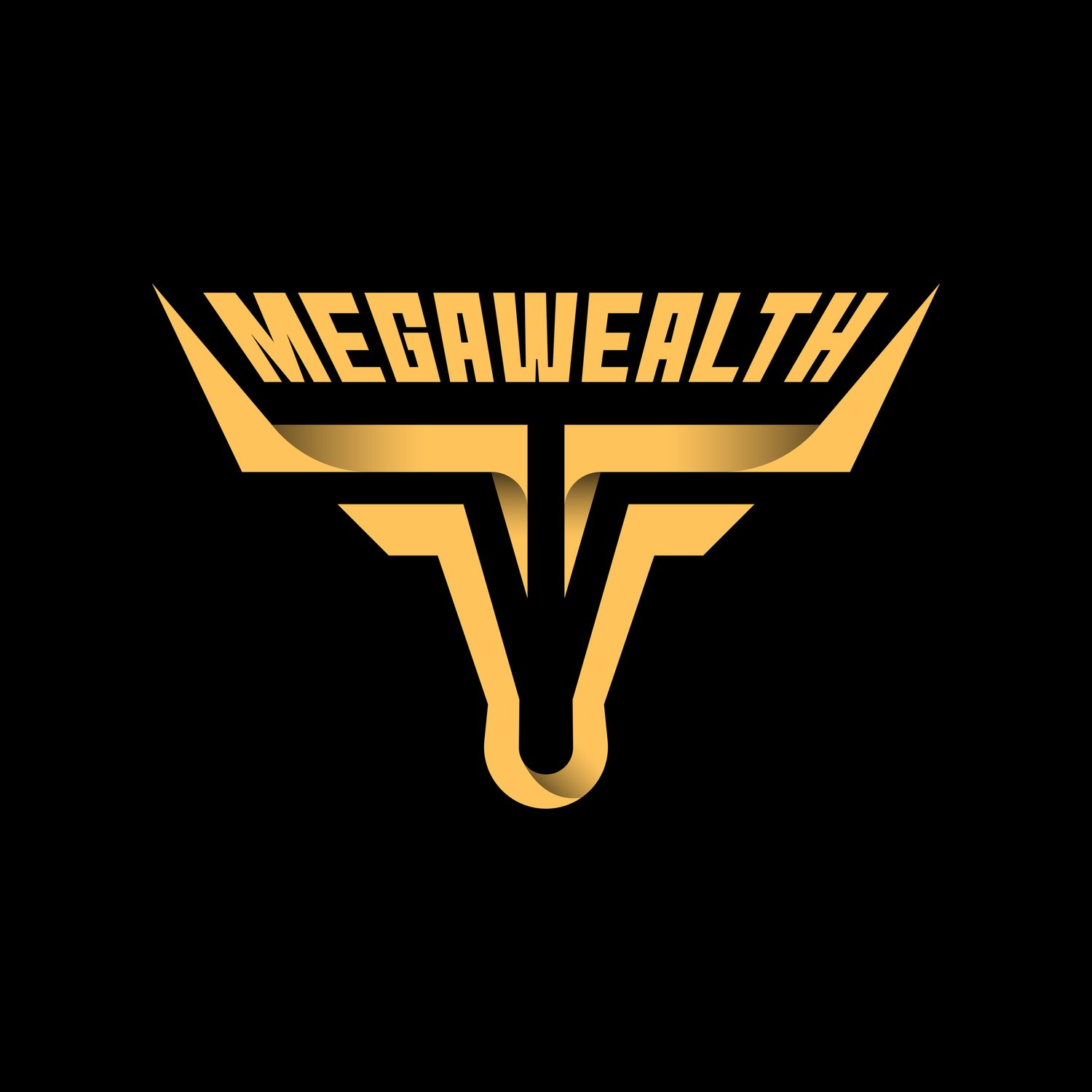Why Build a Web3 Fabric?
My life started in law and ended up in the lawless land of Web3.
My family is full of lawyers: both grandfathers, dad, aunt, uncle, cousins, brother… I was expected to go to Stanford Law (I didn’t). I started my working life as an asbestos litigation paralegal. Law strengthened parts of me that didn’t need strengthening: arguing, rationalizing, and structuring.
Instead, I wanted to build an optimistic growth mindset.
If one career could build my argumentative rationalization skills, why couldn’t another build an expansive mindset?
I chose a career in investing: a lifetime spent imagining possibilities.
I spent 25 years investing professionally. I ran the #1 fund in the world in 1999.
Then, in 2017, the siren song of innovation came calling. This music called me because I saw myself building these possibilities, not just imagining and investing in them.
I fell in love with the promise of Web3.
By 2021, I’d come full circle. I had my legal hat on every day. I was working at a Web3 company and trying to partner with other Web3 companies, and at every turn, patchwork compliance and unclear regulations were threatening to slow innovation.
At the forefront of innovation, I spent too much time thinking about the law.
Some parts of the business were clearly regulated (our crypto ATMs). Adjacent businesses we might want to enter had little-to-no compliance and murky guidelines (DeFi pools, automated market making arrangements, OTC options, crypto exchanges, etc.).
This led me to dream of creating a Web3 Fabric.
Web3 fabric that enables financial innovation while simultaneously solving for privacy and transparency.
Fabric is created by weaving together multiple threads. A Web3 Fabric becomes multiples stronger than any single thread of compliance or innovative idea. A Web3 fabric builds connections over a common language of compliance, allowing traditional and next-gen companies, people, and innovations to interact.
A cohesive Web3 Fabric decreases friction while increasing compliance and innovation.
Interweaving a Compliance Fabric with threads of royalties, smart contracts, blockchain provenance, digitized documentation, and more, creates a rich, beautiful Web3 Fabric that is the foundation for safe financial innovation.
Innovation can flourish across this Web 3 fabric.
Web3 fabric would use blockchain technology to connect traditional finance with private markets and digital markets through a common language of compliance, a Compliance Fabric, the security benefits of blockchain and the efficiency benefits of digitization.
Web 3 Fabric could enable new financial products in traditional finance while bringing blockchain’s even higher levels of privacy and transparency (Compliance Fabric) to investors.
Web3 Fabric’s higher levels of safety (via its Compliance Fabric) means we can build innovative financial products, hyper-local, custom, micro-markets, dynamic, and ideas we haven’t even considered.
Why is Web3 Fabric better (than today’s patchwork solutions)?
1. Inclusive
Web3 talks big talk around democratization, but I ask you:
Have you tried to help your grandmother buy bitcoin or use a Metamask wallet?
How’d that go?
Does she remember her seed phrase?
If Web3 is based on using computers to secure data, why do we secure our funds by writing down lists of words on paper and storing it somewhere in our house (or at a bank, for a real plot twist)?
Why not use technology to drive inclusion (instead of exclusion)?
Why not build a Web3 Fabric that:
Is inclusive by using technology to make innovation easier?
Uses biometrics that are uniquely yours (you can’t forget your face!)?
Allows us to create art, contracts and innovations better than we could using Web2?
How does a suit in a highrise in NYC know you needs?
Sure, many of us benefit from advisors. But we choose them to fit our needs. Why can’t we do the same with financial products?
Financial products are sold not bought.
Maybe they aren’t a great fit?
Financial products could be created by the people who need them. They could be hyper-local. They could be private or public (and follow the registration laws). The technology is here. See my financial inclusion blog for a deeper dive into these possibilities.
2. Safety
Part of inclusion is safety. Web3 Fabric is more accessible when safety is a feature (not a bug).
Bitcoin removes friction because you can trust the transaction result (on the blockchain) even if you don’t know or trust the person you are transacting with. However, you may end up doing business with people you shouldn’t be.
How do we preserve the frictionless benefits of blockchain while adding back safety?
More blockchain innovation is the answer!
Zero-knowledge proofs allow you to prove a truth without showing it.
You walk into a bar...
Does the bouncer need to see your home address? No.
A zero-knowledge proof gives him zero knowledge of your information while providing proof that you are over 21 (by the fact that you can “unlock” the lock). Leveraging this section of cryptography, blockchain can help a Web3 fabric simultaneously solve for privacy and transparency.
Your safety just increased while the regulator (bouncer) got the information they needed.
Compliance Fabric protects your information (so you don’t lose it and others don’t steal it), AND protects you against doing business with shady characters (money launderers and criminals).
What about those “millions” in bitcoin your grandmother lost after you helped her?
Your grandmother couldn’t lose her seed phrase because it’s now her biometrics (her face). Even if she got plastic surgery (or later passed away), there are ways to recover her assets (if set up this way from the start).
Now we’re safe, what can we imagine… together?
Let’s use it to move forward together and benefit from everyone’s ideas.
And the coolest miracle of all?
The internet connects us all, and connected me with a team that shared the same vision.
Join me on this journey by following along as I document our progress.
